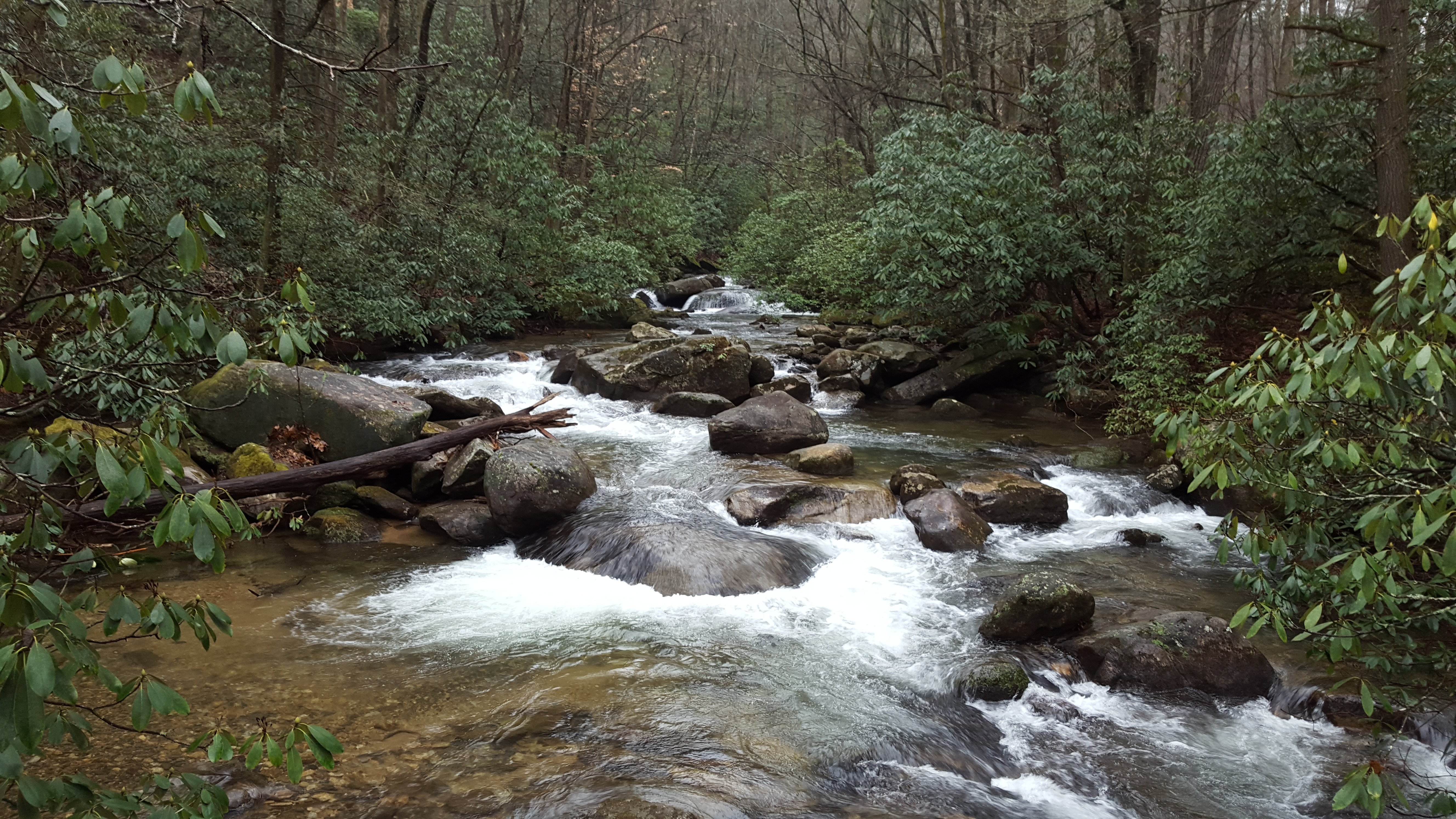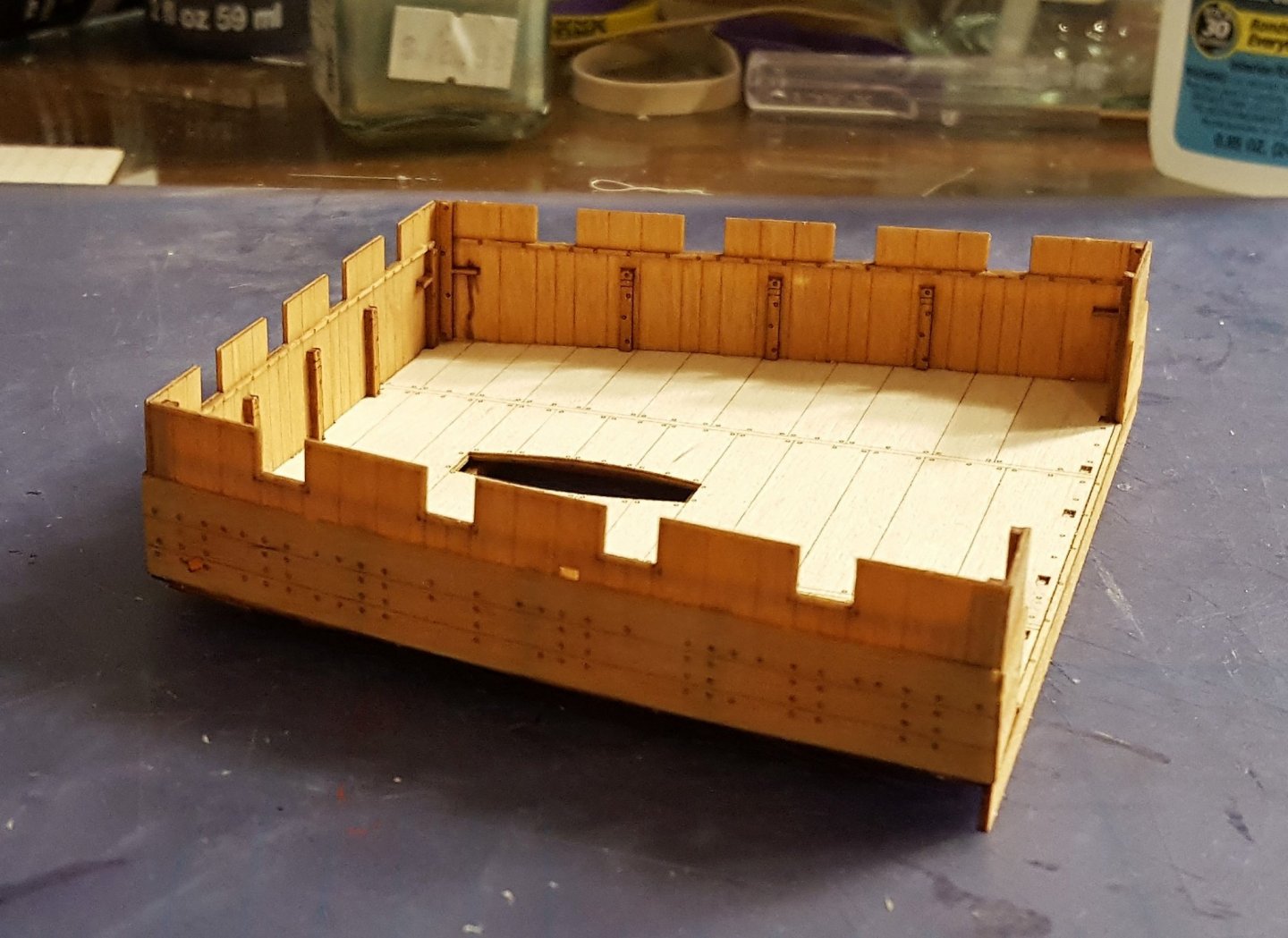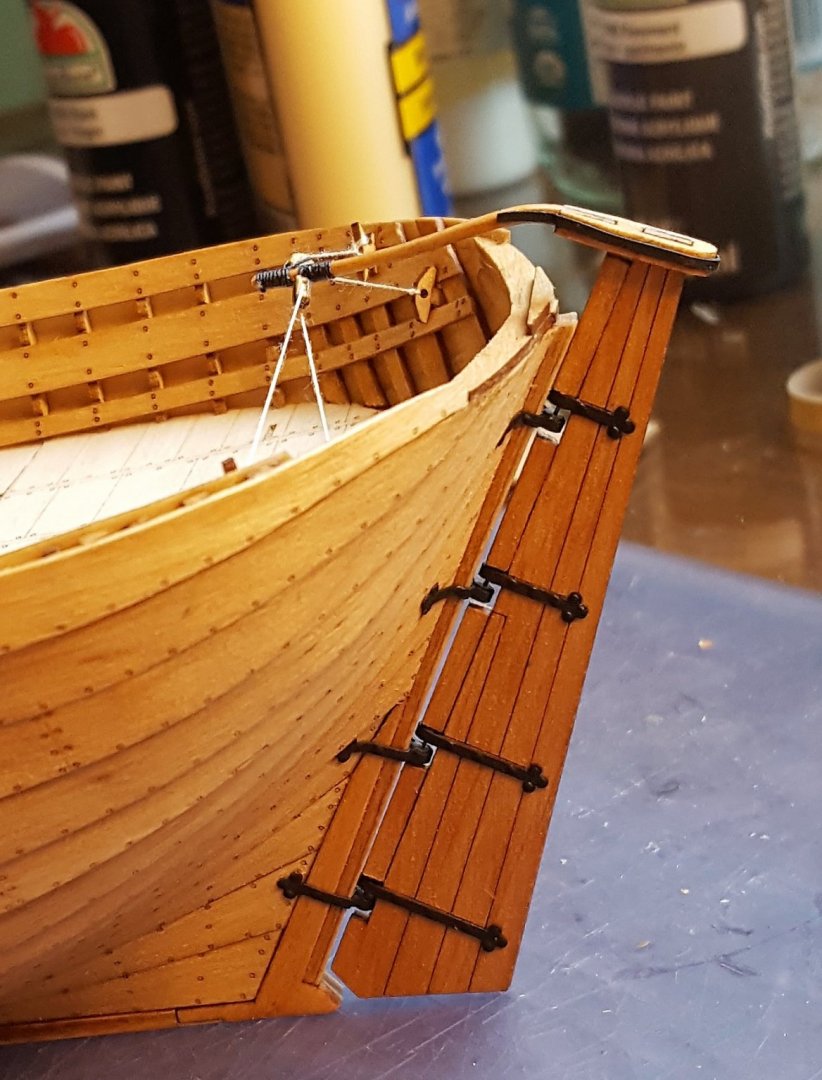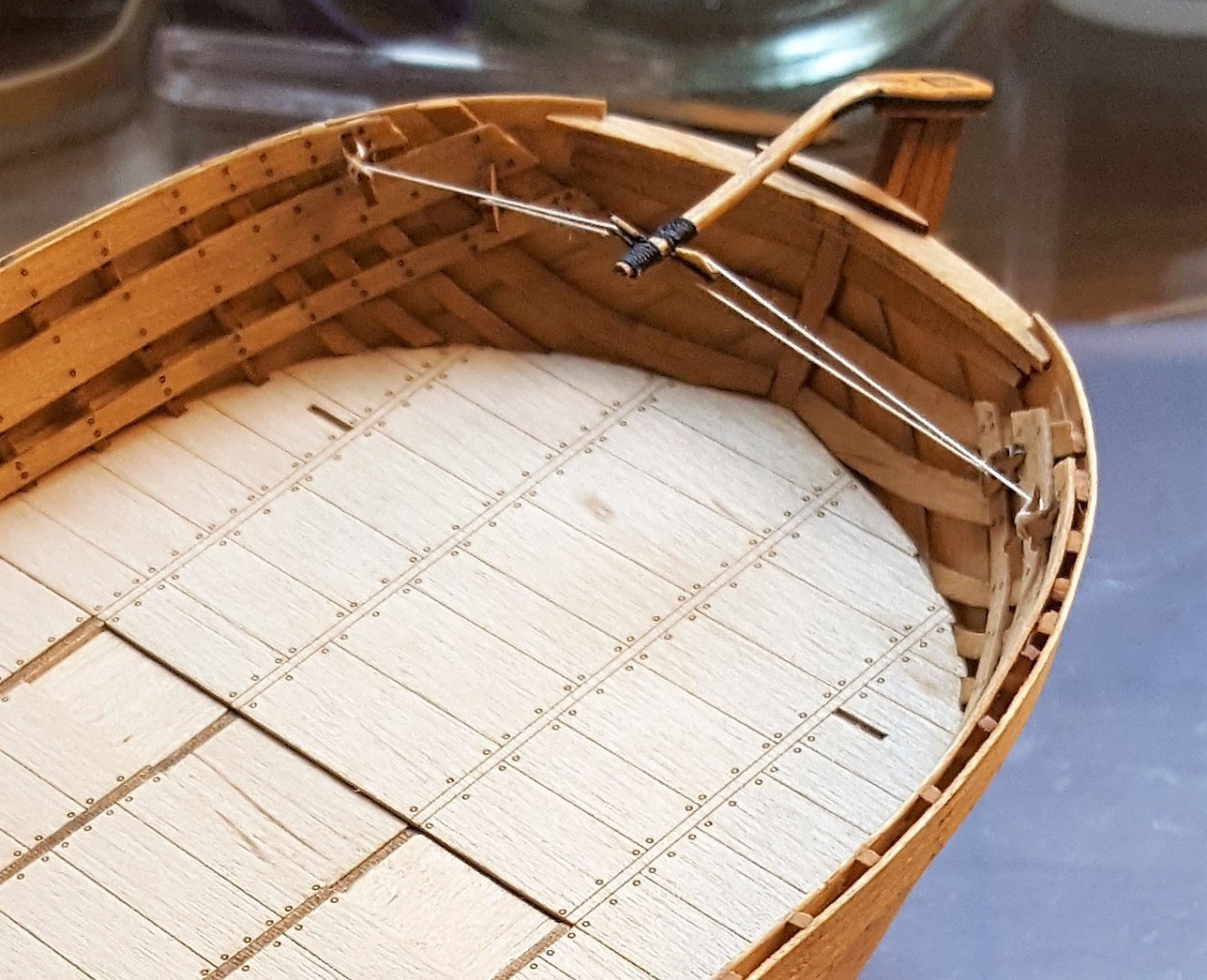-
Posts
10,354 -
Joined
-
Last visited
Content Type
Profiles
Forums
Gallery
Events
Everything posted by ccoyle
-
Welcome aboard, Kevin. Sherbourne was my secon plank-on-bulkhead kit, and it is a fun kit to build. The instructions are minimal, but you should be able to find any additional guidance you may need here. The model can really be spiffed up with a few simple extras, many of which are detailed in the various finished logs here. Enjoy your project. (P.S. If I may, could I ask that you please give some consideration to your username? We already have an active member who goes by the username "kevin" -- 'cause his name is Kevin, like yours -- and it might prove confusing to have two almost identical usernames in use, and both from the UK, too. If you decide on a change, a moderator can make the change for you.)
-
No question about that.
-
Great videos, Kevin, and I love the choice of subject. Indigenous smallcraft represent an inexhaustible supply of modeling projects!
- 72 replies
-
- fishing boat
- artisanal fishing boat
-
(and 1 more)
Tagged with:
-
eBay used to be a much better place to shop many years ago, but these days everyone seems to think that whatever they are selling is a gold mine. They don't bother to do the research that's needed to set a reasonable asking price. That said, I have purchased a few kits off that site and never had any issues, neither with the kit nor the transaction.
-
Well,lesson learned -- I had to peel apart and re-glue all the poop deck bulwarks, but other than that little speed bump, work is progressing nicely.
- 179 replies
-
- shipyard
- wütender hund
-
(and 1 more)
Tagged with:
-
Most JSC models are in 1/400 scale, though some are 1/250. 1/400 can be a real challenge to work with. Because there is a learning curve for card, I suggest you start out with one of the various free models that are available. There should be links in the tutorial mentioned above -- some staffer here of middling ability wrote it.
-

HMS Snake by BenD - Caldercraft - 1:64
ccoyle replied to BenD's topic in - Kit build logs for subjects built from 1751 - 1800
It works. I've never coppered a hull myself, but I have read about several methods of aging and sealing the plates. Some builders prefer to let the copper age naturally. Each method can produce a pleasing result. -
Dunno the answer to that one, either. I know virtually nothing about the construction details of cogs other than what I have learned from working on this kit. P.S. I learned something last night. I have been using 3M 77 spray adhesive for large wood-to-wood joints, as I would with similar card parts. I learned from experience that non-acrylic wood stain acts as a solvent on the 3M product. 😮 Hopefully, after everything dries the glue will reset. Hopefully.
- 179 replies
-
- shipyard
- wütender hund
-
(and 1 more)
Tagged with:
-
This is the same reason why I keep suggesting that certain unnamed kit manufacturers should give more thought to a matched set of Chesapeake & Shannon. Some ships just beg to be offered in pairs.
-
I would think that Hood would be immensely popular -- she was the first name in British capital ships for the entire interwar period and of course is inextricably bound up with the Bismarck drama.
-
There are several models in the Caldercraft lineup that don't seem to have caught on as well as others, for whatever reason. Jalouse, Cruizer, Snake, and Mars are all wonderful single-gun-deck subjects, but we hardly see them in the forum. Lots of build logs for Sherbourne and Victory, their bottom and top end kits, which makes sense. The Amati Fly and Pegasus kits were huge hits and probably stole the thunder from some of the earlier Caldercraft intermediate-level entries. At least that's how it went for me -- I was all onboard with going for Snake as a fourth POB build until Fly became available. Someday I may even finish it!
-
Congratulations! With all of the advantages offered by modern kit designs, many modelers wouldn't even have attempted a challenge like an old Scientific kit. Like Duane said, you should get bonus points both for working with that particular kit and for tackling a clipper as a first subject. Well done!
- 41 replies
-
- thermopylae
- scientific models
-
(and 3 more)
Tagged with:
-
Dunno. I can't even vouch that the kit mirrors actual practice -- I just build it the way the instructions tell me!
- 179 replies
-
- shipyard
- wütender hund
-
(and 1 more)
Tagged with:
-
It is real wood! 😉 This is Shipyard's first foray into wooden kits. There is of course also the card version, which Chuck Seiler has been working on.
- 179 replies
-
- shipyard
- wütender hund
-
(and 1 more)
Tagged with:
-
The last steps in completing the lower hull are to install the wales and beam ends. With those tasks accomplished, attention shifts to the upper works.
- 179 replies
-
- shipyard
- wütender hund
-
(and 1 more)
Tagged with:
-

Hi from15 nm west of Hamburg / Northern Germany
ccoyle replied to Oboship's topic in New member Introductions
Moin, moin! I'm sure we'd all like to see some of your finished models. -
The rudder is hung. Pintles and gudgeons consist of short bits of plastic tubing overlaid by faux metalwork made from brown cardstock and painted. Simulated bolt heads are daubs of glue. EDIT: I just noticed in the first picture that the rudder is riding up a little bit. 😑 No worries -- it's not glued in place, so a little push will set it properly.
- 179 replies
-
- shipyard
- wütender hund
-
(and 1 more)
Tagged with:
-

ancre Coureur by cafmodel - 1/48
ccoyle replied to cafmodel's topic in - Build logs for subjects built 1751 - 1800
For those not in the know, that's Kerry Jang, a very respected modeler and author. -
You can click here to see a list of Bogue-class model kits -- not too many to choose from. Of course, there were undoubtedly many changes made to each ship over the course of its service career, along with additional differences for those in RN service. It's a start, though.
-
Yes, typically ships of the era that you are modeling used rope-stropped blocks. Iron stropping came later, followed by internal stropping. Syren Ship Models, in fact, makes some very nice internally stropped blocks. BTW, your wire stropping looks nice.
- 195 replies
-
- enterprise
- constructo
-
(and 1 more)
Tagged with:
-
Welcome! HMS Ameer was a Bogue-class carrier; these were smaller than the Casablanca-class (incl. Gambier Bay) and built on merchant hulls, whereas Casablancas were designed from the keel up as warships. Others will have more specific information than what I can provide.
About us
Modelshipworld - Advancing Ship Modeling through Research
SSL Secured
Your security is important for us so this Website is SSL-Secured
NRG Mailing Address
Nautical Research Guild
237 South Lincoln Street
Westmont IL, 60559-1917
Model Ship World ® and the MSW logo are Registered Trademarks, and belong to the Nautical Research Guild (United States Patent and Trademark Office: No. 6,929,264 & No. 6,929,274, registered Dec. 20, 2022)
Helpful Links
About the NRG
If you enjoy building ship models that are historically accurate as well as beautiful, then The Nautical Research Guild (NRG) is just right for you.
The Guild is a non-profit educational organization whose mission is to “Advance Ship Modeling Through Research”. We provide support to our members in their efforts to raise the quality of their model ships.
The Nautical Research Guild has published our world-renowned quarterly magazine, The Nautical Research Journal, since 1955. The pages of the Journal are full of articles by accomplished ship modelers who show you how they create those exquisite details on their models, and by maritime historians who show you the correct details to build. The Journal is available in both print and digital editions. Go to the NRG web site (www.thenrg.org) to download a complimentary digital copy of the Journal. The NRG also publishes plan sets, books and compilations of back issues of the Journal and the former Ships in Scale and Model Ship Builder magazines.






